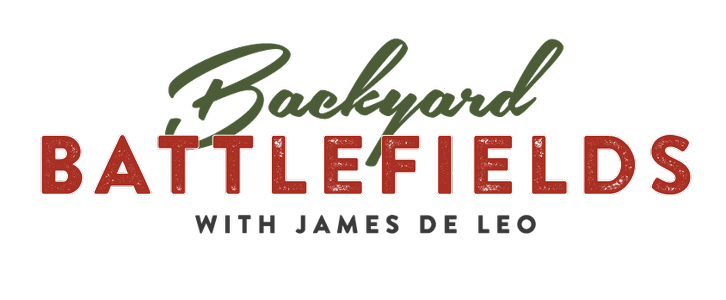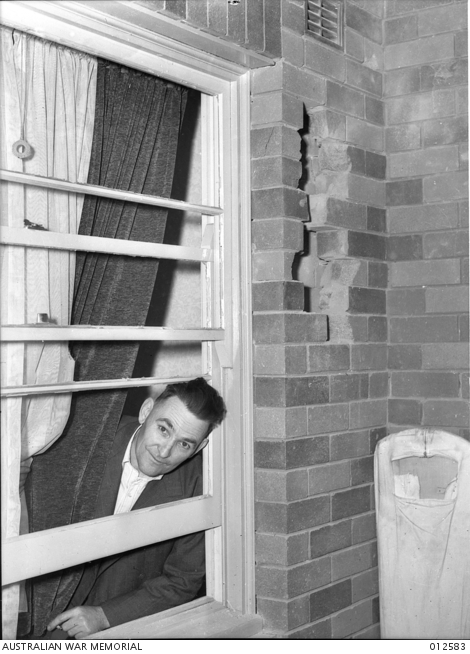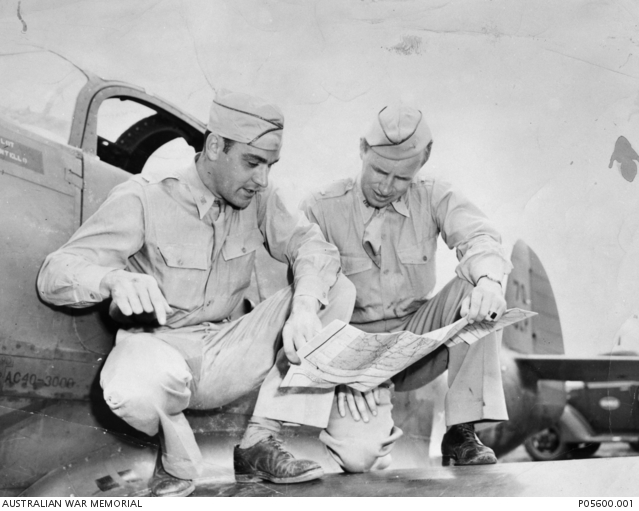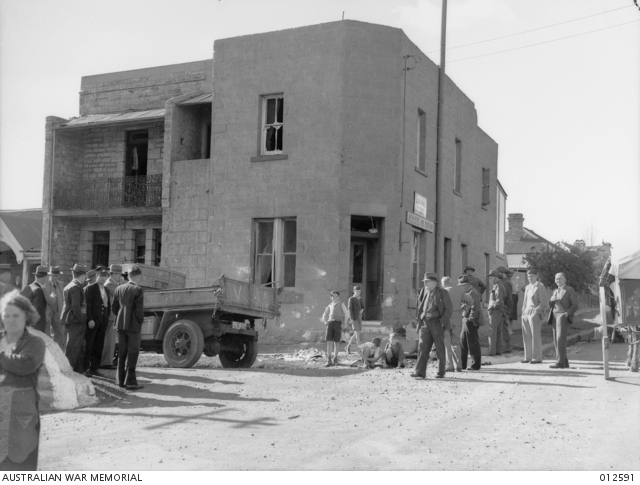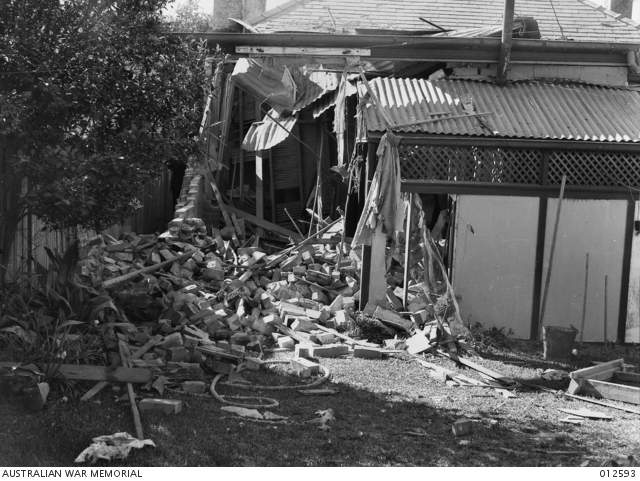TRANSCRIPT:
Just after midnight on the 8th of June 1942, a Type C1 Japanese submarine I-24 surfaced about 10kms South East of Sydney. This vessel was a mothership for a Ko-Hyoteki class midget submarine, it had a compliment of 95 officers and men and was assigned to a Tokkotai or Special Attack Unit.
Having launched it’s midget submarine to attack Sydney Harbour a week earlier and after waiting in vain for its return, It had now switched its mission to hunting ships off Australia’s East coast. The officer in charge Commander Hiroshi Hanabusa gave targeting instructions to the gunnery officer, Yuzaburo Morita who fired the 140mm deck gun across the bow at the Sydney Harbour Bridge.
In 4 minutes, the Japanese gunners fired 10 shells which missed the bridge but all came down in Sydney’s well-heeled Eastern suburbs. Some say the bridge was the target others say it was just an aiming point and the real target was the seaplane base at Rose Bay. My personal opinion is that ANYTHING was the target as the raid was more for nuisance/disruption value than anything else.
I-24 had dived before searchlights on the shore had been turned on and Sydney’s gun batteries could return fire, leaving nothing but the wailing of air raid sirens and lights sweeping the sea and sky. If the 1-24 had spent just another minute or two on the surface to continue firing, there is a very high probability that it would’ve been engaged. One response to the shelling was the scrambling of a US Army Airforce P-400 Aircobra based at Bankstown airport about 20km West of Sydney. The only pilot on duty was 1st Lt George Leo Cantello of the 41st Pursuit Squadron, 35th Fighter Group, who unfortunately was killed shortly after take-off when his aircraft suffered engine failure and crashed in the suburb of Hammondville. To commemorate his sacrifice a park there is now named the ‘Lt. Cantello Reserve.’
I-24s shells were scattered over several suburbs, One landed on the corner of Small and Fletcher Streets in Woolahra which at the time was a grocery store owned by Mr and Mrs S.J and Alice Richards. It hit the gutter and shattered all of the windows but didn’t detonate. After the attack, Alice and her two children hid under the bed. When they eventually came down stairs they found their shop was wrecked. When repairs were carried out, the front door of the shop was bricked up and apart from that, the building itself today looks much as it did during 1942.
Another of I-24’s Salvos hit Grantham Flats, located on the corner of Manion Avenue and Iluka Streets in Rose Bay. Resident in the apartment where the shell penetrated was Mr Ernest Hirsch and his family, German Jews who had fled Nazi Germany five years earlier. Ernest was woken by the shell as it crashed across the floor of his mother’s room and passed through another two internal walls, finally coming to rest on the stairs. Ernest’s mother ended up covered in debris but otherwise escaped unharmed, as did Ernest’s wife and 18 month old son who were in another room. Ernest suffered a fractured foot when he was buried under a pile of broken masonry. Once again the shell failed to explode and Air raid warden Harry Woodward carried the shell to nearby Dangar Park, where it was buried and subsequently defused by a navy demolition team.
Only one shell actually exploded. This happened outside of the Yallambee Flats at 33 Plummer Road Rose Bay and it demolished part of a house, but fortunately noone was killed. The kinetic energy alone of the 38 kilo projectiles still caused considerable damage but there were no fatalities at all during the entire attack. Other places where shells landed were 9 Bunyula and 68 Streatfield Roads Bellevue Hill, 67 Balfour Road, Rose Bay, 1 Simpson Street, Bondi and Olola Avenue, Vaucluse. Some people believe a second shell landed in Bondi, impacting on the promenade in front of the surf club and spraying it with concrete fragments, but no evidence exists to support this.
Despite the fact that noone was killed, the attack caused widespread panic that a Japanese invasion was imminent and it caused many Eastern suburb residents to flee. If you were an astute investor at the time you could’ve made some money because house prices in the area plummeted.
The Japanese shelling of Sydney had a huge psychological impact that far outweighed the material damage and played upon deep seated fears of a Japanese invasion.
Apart from the loss of it’s midget submarine, I -24 left Australian waters unscathed, to continue its war elsewhere. I-24 was commissioned at the Sasebo shipyards in October 1941 and it’s career was distinguished. It had participated in the attack on Pearl Harbour, where it launched midget submarine Number 19 which washed up on the shore of Oahu and was captured. It’s now an exhibit at the National Museum of the Pacific War in Fredericksburg, Texas.
It also participated in the Battle of the Coral Sea and of course most famously in the Australian context had launched one of the three midget submarines that attacked Sydney Harbour on the 31st of May. The story of this incredible attack will be discussed in another episode.
As the war progressed, the threat of submarine attacks diminished. Put simply this was because as the Japanese were pushed back they lost their Pacific bases, and were forced to operate further and further away from Australia. I-24 eventually met its fate in June 1943, when it was rammed and sunk with all hands by an American vessel the USS Larchmont near the Aleutian Islands in the Northern Pacific.
Thanks for downloading this edition of the program, Thanks must go to our program sponsor Callan Nichols. If you enjoyed it please leave us some feedback on itunes. If you have any comments or suggestions or you’d like to see a photo gallery relating to this story please visit us at backyardbattlefields.com
